n.GRILL (엔그릴)
18.7Km 2024-03-08
(7F, N Seoul Tower), 105, Namsangongwon-gil, Yongsan-gu, Seoul
+82-2-3455-9297
n.GRILL is a French restaurant located on the seventh floor, the highest floor in the N Seoul Tower. The restaurant rotates 360 degrees, so one can enjoy the food with the view of Seoul. n.GRILL is particularly famous as a place for marriage proposals, thanks to its beautiful view of Seoul at night. It is a perfect place for those who want special spaces and events.
Owl's Cutlet Premium Namsan Seoul Tower(부엉이돈가스 남산서울타워)
18.7Km 2021-04-15
105, Namsangongwon-gil, Yongsan-gu, Seoul
+82-2-318-0518
This is a Japanese cuisine located in Namsan Seoul Tower, Seoul. A restaurant serving cast iron-grilled pork cutlets. The best menu at this restaurant is pork cutlet.
Jjukkumiwa Maeungalbijjim(쭈꾸미와매운갈비찜)
18.7Km 2021-04-15
25-1, Mareunnae-ro, 2-gil, Jung-gu, Seoul
+82-2-2266-3208
The favorite store of office workers. The representative menu is braised short rib set menu. This Korean cuisine is located near Chungmuro Station, Seoul.
Seongbukdong Dwaejigalbi (성북동 돼지갈비)
18.7Km 2019-12-24
115, Seongbuk-ro, Seongbuk-gu, Seoul
+82-2-764-2420
In business for more than 40 years, Seongbukdong Dwaejigalbijip has become a local legend thanks to its simple but savory menu. Pork served at the restaurant is marinated overnight in a special sauce, which infuses the meat with rich flavors that are released when the meat is grilled and the fat drips off. The restaurant’s main dishes include dwaeji galbi (grilled pork ribs) and dwaeji bulgogi baekban (set meal with bulgogi meat grilled over the fire).
Yangmiok (양미옥)
18.8Km 2020-01-06
62, Chungmu-ro, Jung-gu, Seoul
+82-2-2275-8838
Yangmiok takes pride in serving customers dishes prepared with only the finest ingredients. A special sauce made with soy sauce, sugar, chili powder, sesame oil, garlic, and ginger is served with beef dishes upon request.
Euljiro Nogari Alley (을지로 노가리골목)
18.8Km 2024-10-29
129, Eulji-ro, Jung-gu, Seoul
+82-2-1330
The alley that connects from Euljiro 3(sam)-ga Station, Exit 4 is full of people eating dried young pollack and drinking beers at tables along the street every night. Under the bright lamp lights, plastic tables filled with customers can be seen. The first Nogari pub, Eulji OB Bear, opened in November 1980 to form what is now the Euljiro Nogari Alley. Euljiro also has the largest Printing Alley in the nation, providing printing for almost all books and printed materials across the country. The shift workers would stop by the pub for dried young pollack and cold beer before heading home after work, leading to more restaurants opening nearby until the alley was formed. In the beginning dried young pollack was cooked over a briquet fire and served with red pepper paste, but now, the alley is full of pubs and restaurants serving various types of food, but nothing beats nogari and cold draft beer.
Jongmyodaeje (Royal Ancestral Memorial Rite of Joseon) (종묘대제)
18.8Km 2022-10-05
157, Jong-ro, Jongno-gu, Seoul
• 1330 Travel Hotline: +82-2-1330 (Korean, English, Japanese, Chinese) • For more info: +82-2-3210-4806, +82-2-6011-1067
Jongmyodaeje, Korea’s Royal Ancestral Memorial Rite, is a traditional ritual that has been recognized with many important designations. It is a UNESCO Masterpiece of the Oral and Intangible Heritage of Humanity, Important Intangible Cultural Property No. 56 (Jongmyo Jerye), and Korea’s Important Intangible Cultural Property No. 1 (Jongmyo Jeryeak). The ritual is held yearly on the first Sunday of May. It begins with eogahaengnyeol, the fabulous royal parade dating from the Joseon dynasy, which is truly a sight to behold as it moves through the modern city.
Jongmyodaeje originated as a royal ancestral ritual to honor the past kings and queens of the Joseon dynasty. During the Joseon era, the ritual was held five times a year (spring, summer, autumn, winter, and December) until it was abolished by Japanese colonial rule. In 1969, Jongmyodaeje was reinstated and has been held in May every year since.
Jongmyo Shrine, the destination of the procession, was the setting of ceremonial rituals during the Joseon dynasty. Originally, Jongmyo only referred to Jeongjeon (Main Hall) where the memorial tablets of Joseon’s reigning kings and queens are enshrined. Today, however, Jongmyo also encompasses Yeongnyeongjeon (Hall of Eternal Peace) where the tablets of posthumous kings and queens are enshrined and Gongsindang (Hall of Meritorious Subjects) where the tablets of esteemed ministers of the state are kept.
Bukhansan National Park (Seoul District) (북한산국립공원(서울))
18.8Km 2024-11-27
262 Bogungmun-ro, Seongbuk-gu, Seoul
+82-2-909-0497
Bukhansan Mountain was officially designated as a national park in 1983. Bukhansan National Park covers both Bukhansan and Dobongsan Mountains, and spans a total area of 80.699 ㎢. At the top of Bukhansan Mountain are Baegundae Terrace (835.6 m), Insubong Peak (810.5 m) and Mangyeongdae Terrace (799.5 m), which gave the mountain the nickname "Samgaksan" or the "three-horned mountain." The mountain had other names: Sambongsan (mountain with three peaks), Hwasan (flower mountain), and Buaak (mountain shaped like a person giving a baby a piggyback ride). The current name, Bukhansan, was given after the Bukhansanseong Fortress was built under King Sukjong of the Joseon dynasty.
Chungmuro Ttukbaegi (충무로뚝배기)
18.8Km 2021-03-18
43, Mareunnae-ro, Jung-gu, Seoul
+82-2-2272-0068
Well-known for Korean spicy stew. The representative menu is kimchi stew. This Korean cuisine is located near Euljiro 3(sam)ga Station, Seoul.
Ilyoung Bonjour (일영봉주르)
18.8Km 2024-02-22
248 Yuwonji-ro, Jangheung-myeon, Yangju-si, Gyeonggi-do
Ilyoung Bonjour is a restaurant located by a valley, offering an ideal setting to enjoy both a meal and water activities. Its key menu item is hanbang dakbaeksuk (whole chicken soup with medicinal herbs). It is served as a set menu that includes samgyeopsal (grilled pork belly), haemul pajeon (seafood pancake), and dotorimuk (acorn jelly salad). Amenities include an indoor swimming pool, a valley side for a refreshing dip, and a foot volleyball court. The water facilities are complimentary for guests who order a meal.

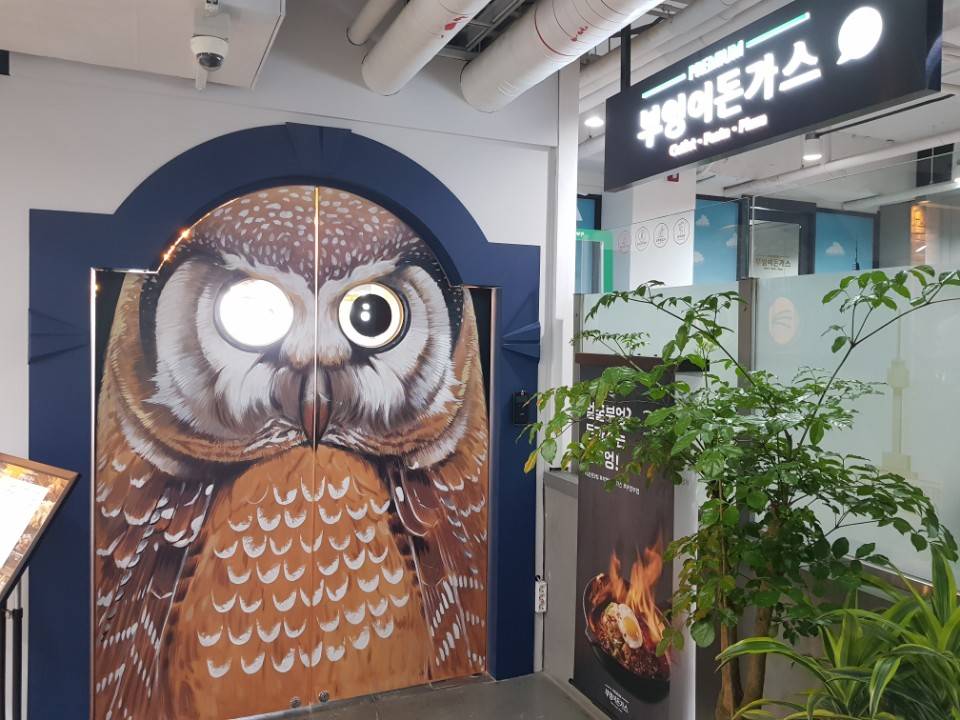
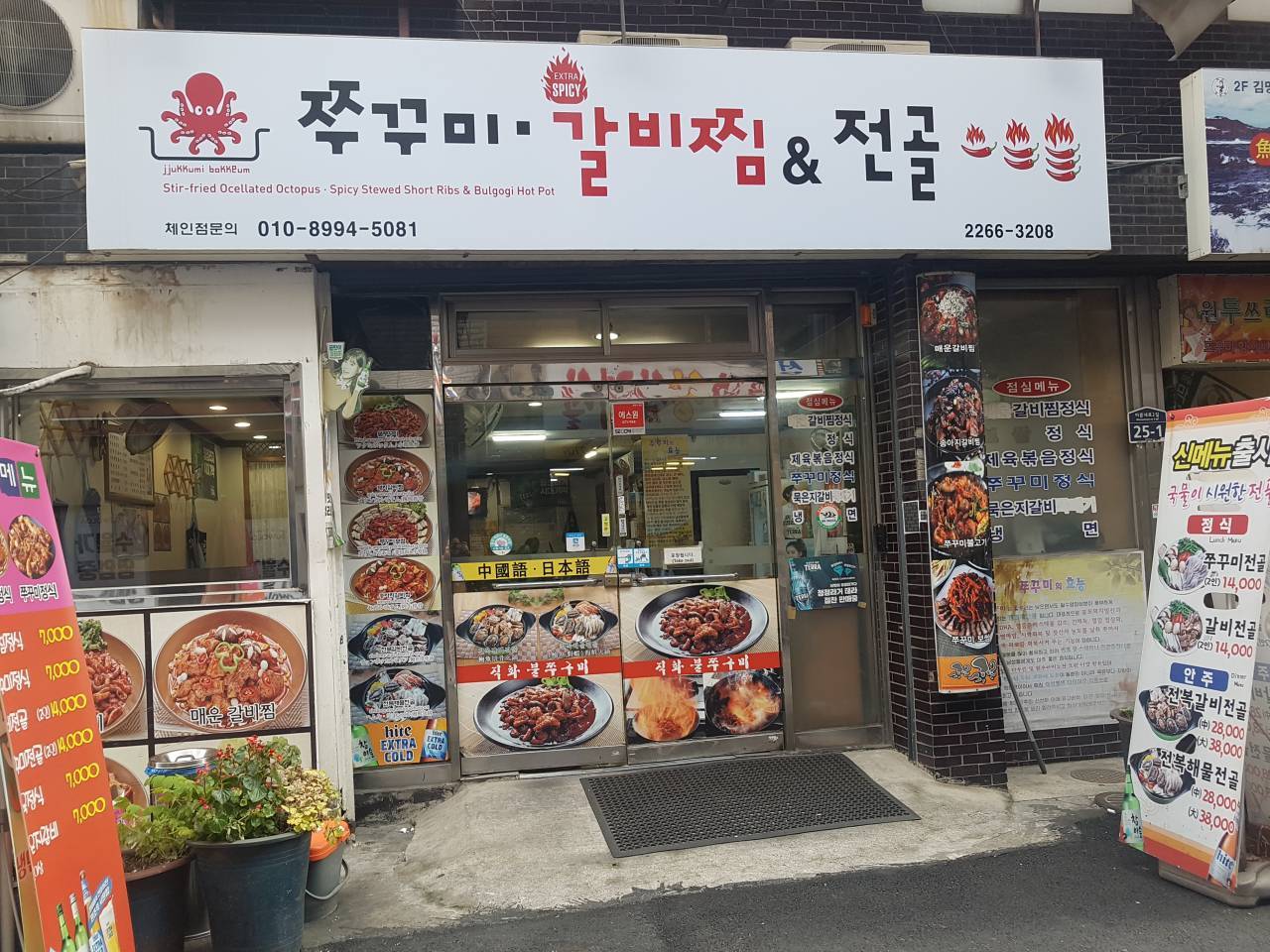
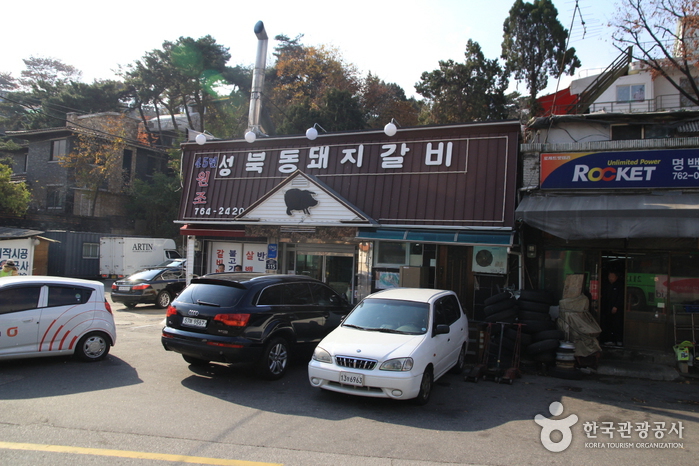
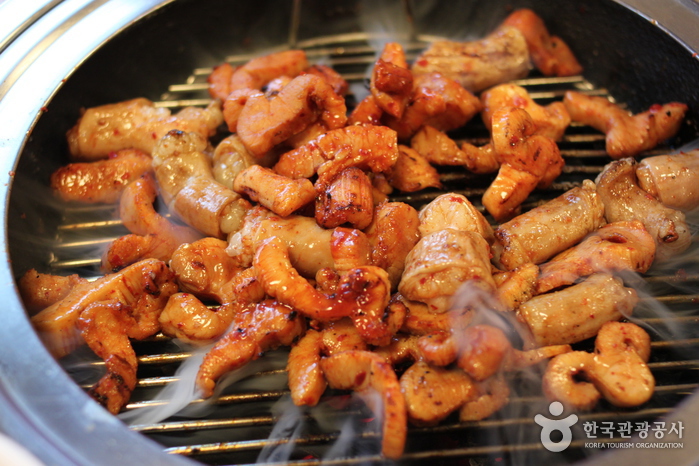
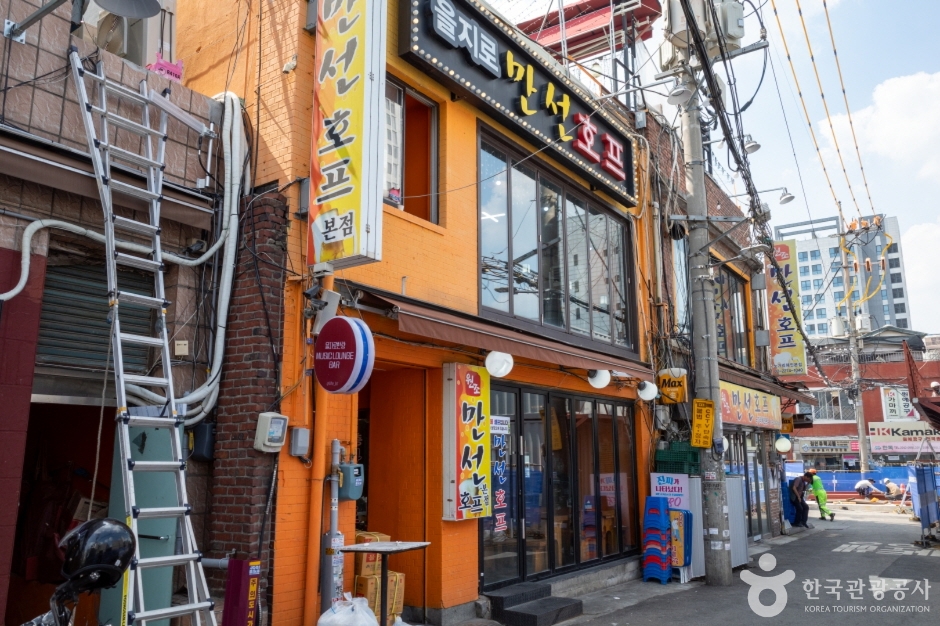
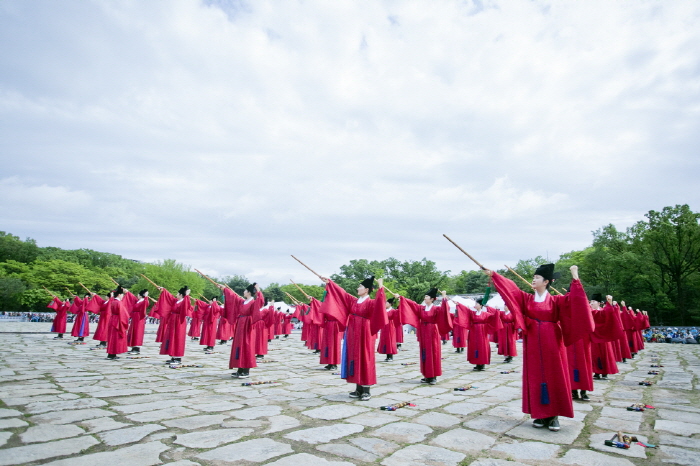
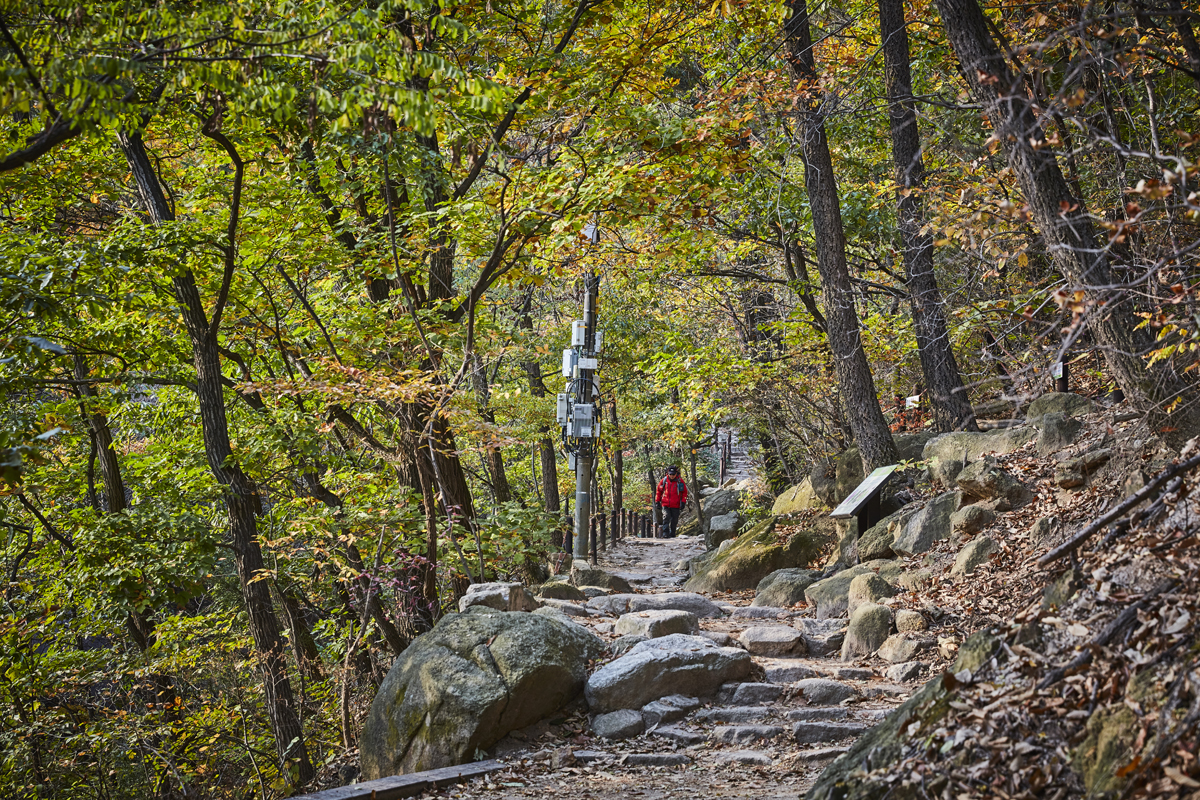
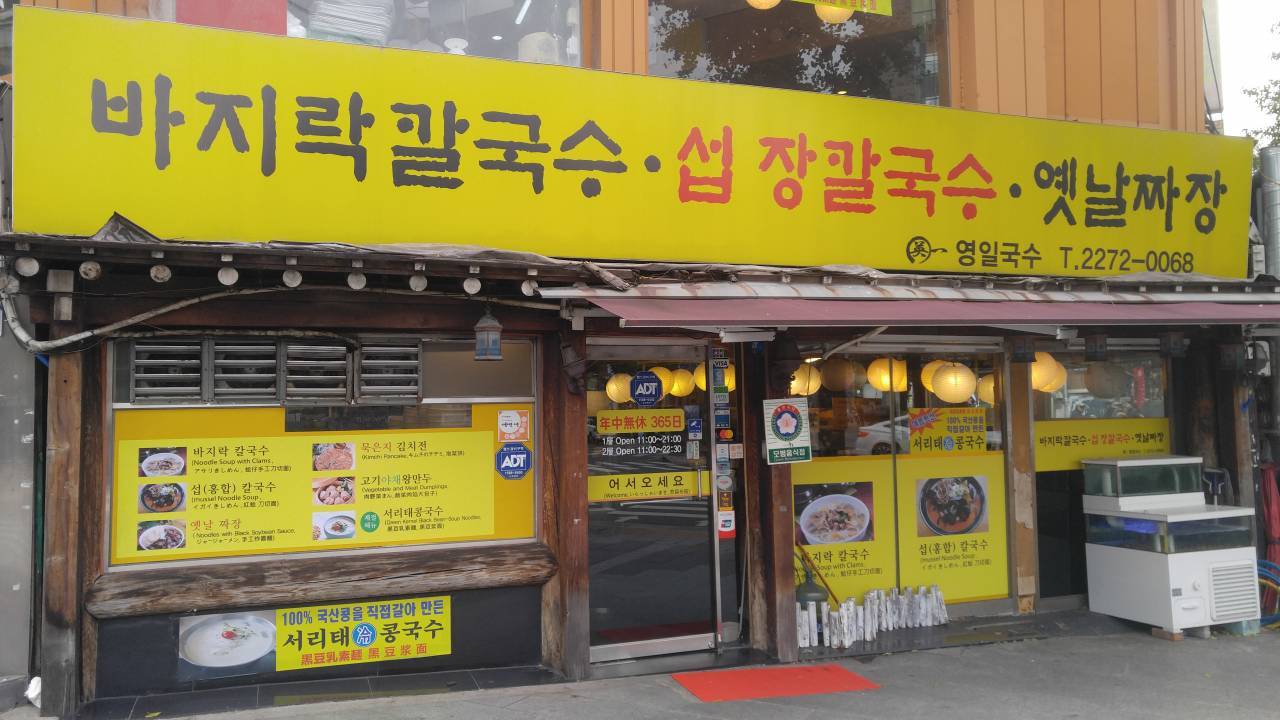
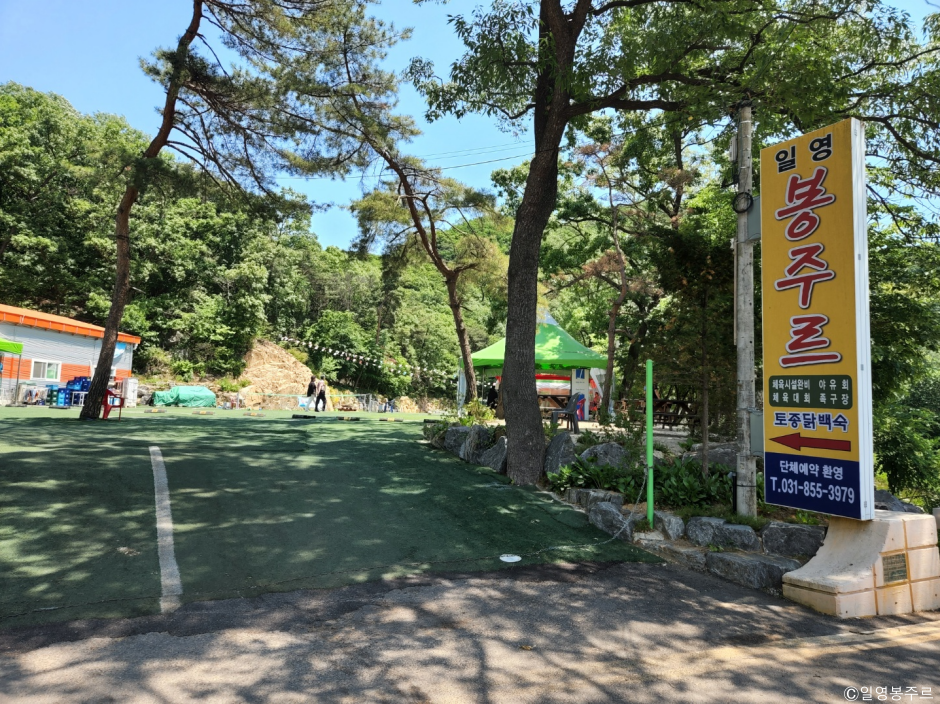
 English
English
 한국어
한국어 日本語
日本語 中文(简体)
中文(简体) Deutsch
Deutsch Français
Français Español
Español Русский
Русский